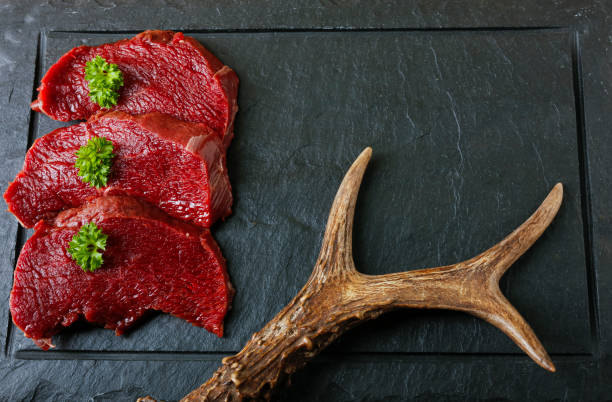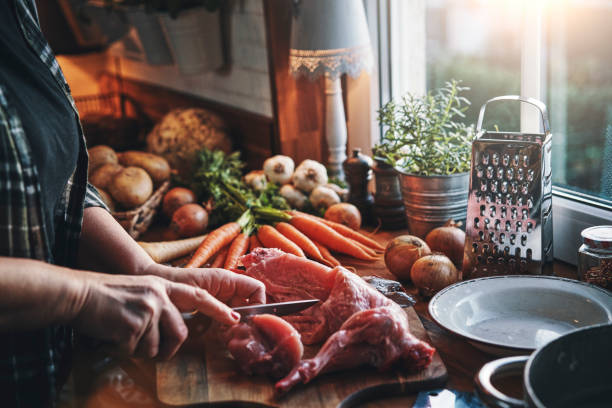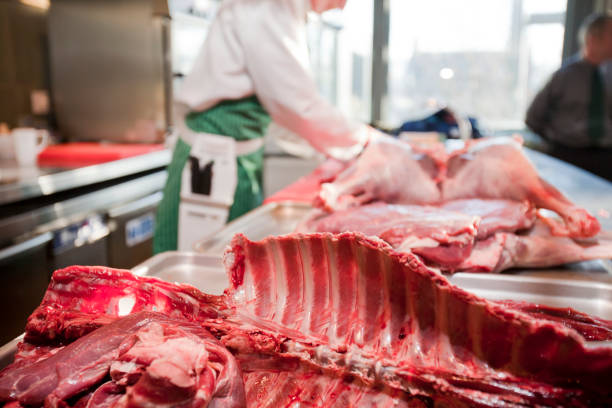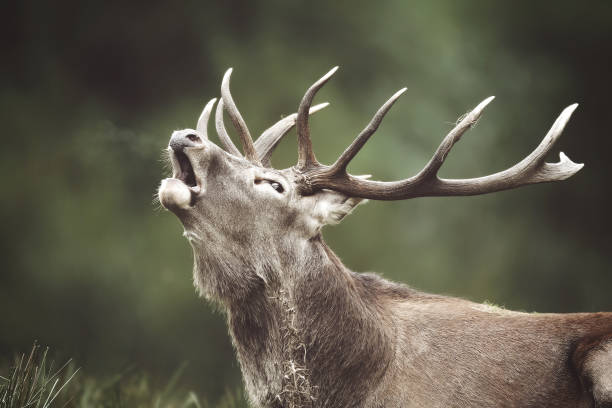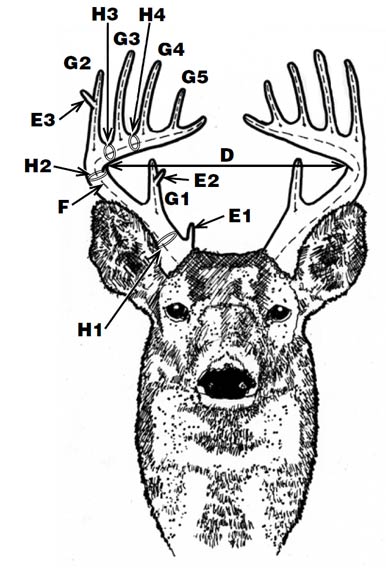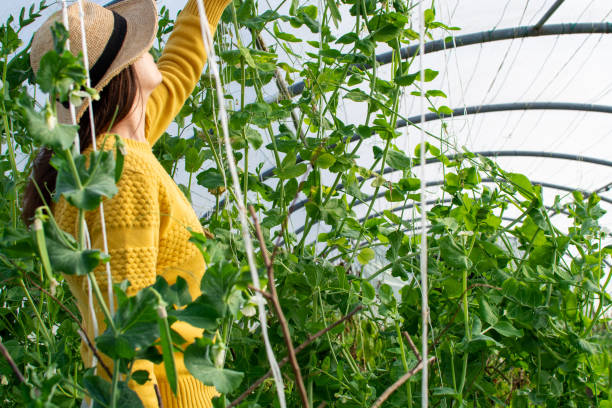How To Cook Deer Heart: A Nutrient-Rich Delicacy
Are you ready to explore a culinary adventure on how to cook deer heart that is both delicious and nutritious?
Then keep reading! In this article, we’ll look into the art of preparing deer heart meat that offers a unique taste and has a lot of health benefits.
We’ve got you covered on your journey to creating a delightful and wholesome meal.
What Is Deer Heart
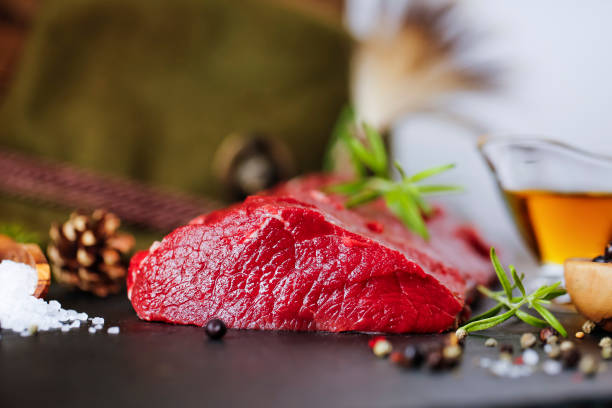
For a deer, the heart is the muscular organ that moves blood around the body, giving cells oxygen and food. It does the same important job as the heart in all other living animals. The heart is an important organ, and many people think it’s a healthy and tasty part of the deer to cook with.
The heart of a deer is a prized treat in some communities and among hunters. It can be grilled, pan-fried, or braised, among other methods, and is often praised for its unique flavor and softness.
Some people like to use as much of the animal as possible and enjoy the unique flavor of the deer heart, even though it may not be eaten as often as other cuts of meat.
Is Eating Deer Heart Good For You?
Deer heart, like other organ meats, may be nutritious when eaten as part of a balanced diet. Deer heart is rich in protein, iron, B vitamins (B12 and B6), zinc, and phosphorus. Its leanness makes it a good protein source for fat-watchers.
Deer heart’s high iron content helps prevent iron-deficiency anemia and boosts health. Additionally, its B vitamins aid metabolism, energy production, and health. However, its greater cholesterol level requires moderation.
How the deer heart is cooked should decrease harmful lipids. As with any meat, safe handling and preparation are essential. Finally, using deer meat from a trusted source, adequate processing, and following individual dietary restrictions make deer heart a nutritious and tasty option.
Read also: How To Quarter A Deer
Do I Need To Soak A Deer Heart Before Cooking?
Whether or not a deer heart needs to be soaked before being cooked is a question of personal preference and the particular recipe being used. People may choose to soak a deer heart for the following reasons:
- Blood Removal
Some people soak their hearts in water or a brine solution for a while, usually for a few hours or overnight, to help get rid of any blood that is still there. Some people may choose this based on taste since deer heart can have a better flavor than other meat cuts. - Tenderizing
Soaking the heart in a brine solution might also help make the meat more soft, which would make it taste even better.
Can You Eat A Raw Deer Heart?
Although it is possible to consume raw deer heart, you should be aware of the potential health hazards connected with doing so. The risk of food poisoning from germs, parasites, and other microbes that may be present in raw meat, including a deer heart, is real.
Therefore, if you are not familiar with preparing and handling raw meat, it is best to avoid eating a raw deer heart.
If you’re interested in trying raw or rare venison, it’s important to ensure the meat comes from a reliable and trustworthy source that takes food safety seriously.
A medical practitioner or food safety expert should be consulted for advice and measures before consuming raw or undercooked game meat due to potential health hazards.
Deer heart, like other wild game meats, should be cooked to an internal temperature of at least 165 degrees Fahrenheit before being consumed to reduce the risk of food poisoning.
Read also: Do Deer Hibernate? Or Adapt
How Do I Clean A Deer Heart To Cook?
There are several processes involved in cleaning a deer’s heart so that it can be cooked. To clean a deer heart, you can follow these basic steps:
Materials Needed
- Deer heart
- Sharp knife
- Cutting board
- Clean water
- Paper towels or clean cloth
Steps
Rinse the Heart
The deer heart should first be washed in cold running water. This will aid in cleaning the surface of any dirt, debris, or remaining blood.
Trim Away Excess Fat and Blood Vessels
If there is any excess fat or connective tissue around the heart, cut it out with a sharp knife. In addition, you should search for and carefully cut away any sinewy or bloody additions.
Cut Open the Heart
To clean the inside of the deer heart, cut it in half lengthwise and remove the two halves. You can then gain entry to the various compartments and controls.
Take away the Core
There are chambers and valves within the heart. These middle sections are not eaten and can be removed with a spoon. Remove any residual blood or clots completely.
Rinse Again
To double-check that the heart is spotless, wash it again under running cold water.
Pat Dry
After washing, dry the heart by patting it with a clean paper towel or cloth. Make sure it’s totally dry before you start cooking it.
The deer heart is now clean and ready to be cooked according to the method you chose. It’s important to remember that the best flavor and quality when cooking comes from cleaning the heart right away after killing the deer.
Is There Any Health Benefits Of Eating Deer Heart?
Because it is full of nutrients, eating deer heart may be good for your health in several ways. Organ meat is a great way to get a lot of important nutrients, like iron, zinc, calcium, B vitamins (like B12 and B6), and high-quality protein.
These nutrients are necessary for many bodily processes, such as maintaining healthy muscles and tissues, preventing iron-deficiency anemia, speeding up metabolism, making energy, and keeping the brain healthy.
When compared to other cuts of meat, deer heart is pretty lean. This makes it a good source of energy for people who are trying to cut down on fat. Some people also like the unique and rich flavor of deer heart.
Also, remember that while deer heart can be good for you, it should only be eaten in small amounts as part of a healthy diet. People’s dietary wants and preferences should be taken into account.
Getting advice from a doctor or nutritionist can help you make smart choices about adding deer heart and other organ meats to your diet if you have specific dietary issues.
How To Cook Deer Heart
When prepared properly, deer heart may be a delicious and healthy addition to any meal. Here’s a quick and easy way to cook a deer heart:
Ingredients
- 1 deer heart, cleaned
- 2 tablespoons olive oil
- 2-3 cloves garlic, minced
- Salt and pepper to taste
- Optional herbs and seasonings (e.g., rosemary, thyme, paprika)
Instructions
Preparation
Ensure the deer heart is properly cleaned.
Marinade (Optional)
Marinating the deer heart in olive oil, minced garlic, salt, pepper, and other flavors is optional. For best results, marinade the meat for at least 30 minutes.
Preheat the Grill or Skillet
Prepare the grill or skillet by heating it. Get the grill going or heat a large skillet. The heart needs to be cooked at a high temperature.
Cook the Heart
Grill or brown the deer heart in a pan. It should take around 3 to 4 minutes to sear on each side. It will have a wonderful brown crust from doing this.
Cook to Desired Doneness
Like a good beef steak, deer heart can be prepared medium, or well done. 3 to 4 minutes per side will get you rare. Fry each side for 5-6 minutes to achieve a medium-rare doneness. Cook until it reaches your desired doneness, checking it occasionally.
Resting
The deer heart should be taken off the stove and allowed to rest for a few minutes after cooking. This allows the meat to redistribute its natural juices, making it more soft and tasty.
Slice and Serve
Cut the deer heart on the diagonal into thin slices and serve right away. It goes well with a variety of sides, including roasted vegetables, mashed potatoes, and salad.
Since overcooking can make deer heart harsh, it’s safer to err on the side of undercooking to keep it delicate. The heart tends to have a gamey taste, but marinating it and seasoning it well will improve the overall flavor. The dinner is served; please enjoy it.
Read also: Do Deer Eat Mushrooms? A Comprehensive Exploration
Different Cooking Methods For Deer Heart
The heart of a deer can be cooked in several ways to suit individual tastes. Here are a few ways to prepare deer heart:
1. Grilling
Deer heart is commonly prepared via grilling. Prepare the heart as desired by marinating it in a flavorful marinade and grilling it over medium-high heat for a few minutes on each side.
2. Pan-Frying
Cook over medium heat in a pan with some oil. Brown and cook the deer heart to your satisfaction by searing it for a few minutes on each side.
3. Roasting
You can roast deer heart in the oven. Preheat the oven to 350°F (175°C). Season the heart and place it in a roasting pan.
Roast for about 20-30 minutes, depending on the size and desired doneness. Check the interior temperature of the meat with a meat thermometer.
4. Braising
The deer heart is braised by being cooked slowly in broth, wine, or a mixture of the two. The heart should be browned in a heated pan before being moved to a braising dish together with the broth, veggies, and seasonings.
Cover and bake at a low temperature (around 275 degrees Fahrenheit or 135 degrees Celsius) for several hours, or until tender and seasoned.
5. Stir-Frying
Deer heart can be prepared by cutting it into thin strips and then stir-frying it in a hot wok or skillet with veggies and seasonings of your choosing. Those who want their meat rare can benefit from stir-frying because it cooks the heart rapidly.
6. Kabobs
Deer heart kabobs are made by cubing the heart and skewering it with vegetables. The kabobs can be grilled or broiled until the heart is to your satisfaction.
Conclusion
Preparing deer heart is not only a tasty but also a healthful endeavor. This underappreciated organ meat has many uses and can be cooked in a variety of tasty ways.
Deer heart is an excellent culinary test, whether you choose to try it grilled, pan-seared, or in a slow-cooked stew.
So, go headfirst into deer heart cuisine and enjoy the one-of-a-kind tastes and health benefits it has to offer.
